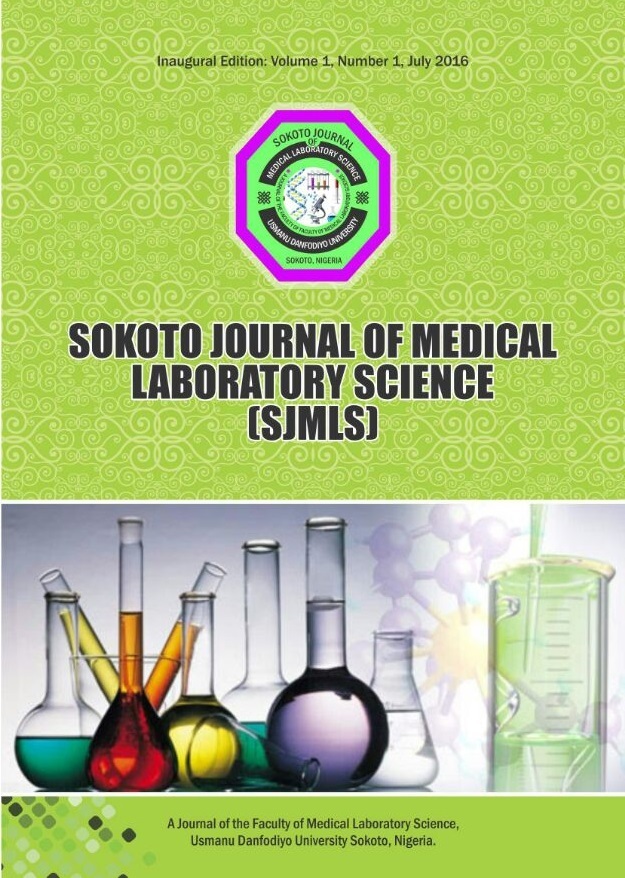Evaluation of Nutritional Status using MUAC, BMI Percentile and Biochemical indicators among Internally Displaced Children attending IDPs Clinic within Maiduguri/ Jere, Borno State, Nigeria: An impact of the Boko Haram insurgency
Keywords:
Malnutrition, children, status, body mass index, MUACAbstract
The adverse effect of war and conflicts on the health of children is food and nutrition insecurity and poor health outcome with consequence of death before the age of 5 years and stunted growth due to malnutrition. Thus, we evaluated the nutritional status of children aged under 5 years in a Boko Haram war zone, Maiduguri. A cross sectional survey was conducted among 110 IDP children between the age of six (6) month and thirty-six (36) months. The Mid-upper arm circumference (MUAC), Body mass index (BMI) percentiles and Biochemical indicators (Serum protein, albumin and Calcium), were gused to determine the nutritional status of these children. MUAC was measured using a simple colored plastic tape. BMI percentiles were analyzed. Biochemical parameters (Total protein, serum Albumin, and serum Calcium) were analyzed using Cobas C311 Hitachi/Roche Chemistry Auto analyzer. The mean ± SD for Age, Height, and Weight for boys and girls were 15.58±7.08, 0.67±0.10, 7.03±0.99 and 14.04±5.39, 0.64±0.11, 7.01±1.19 respectively. The Boys-Girls ratio was 1:29 with 43.6% boys (n=48) and 56.4% girls (n=62). Out of the 110 children, 50(45.5%) had diarrhoea, 36(32.7%) had vomiting, and 64(58.2%) had cough, 9 children had MUAC less than 11.0 cm (SAM), 85 had MUAC of 11.0 - 12.5cm (MAM) and 16 children had MUAC of between 12.6-12.9 cm (at risk for acute malnutrition). The result also showed that both boys and girls had mean BMI between 50th and 75th percentiles (normal weight). Biochemical analysis indicates that the children had normal serum total Protein (66.00±7.46g/L), Albumin (37.31±4.75g/L) and hypocalcemia (2.15±0.24mmol/L). However, Albumin, BMI and Weight were weakly correlated with MUAC and the relationship was significant at p < 0.05 but height was negatively correlated with MUAC and the relationship was not significant(p>0.05). Malnutrition and diseases such as diarrhoea, vomiting and respiratory infections are the most common health outcome and mortality risk factors among the IDPs children less than 5 years. Thus, it is therefore imperative that government and the world at large should identify the root cause(s) of this conflict. It is also imperative that relevant stakeholders such as government agencies, non-governmental organizations, UN agencies, and local partners are involved in the formulation of policies that will guarantee provision of adequate nutrients and balanced diets for the children in the IDP camps.




